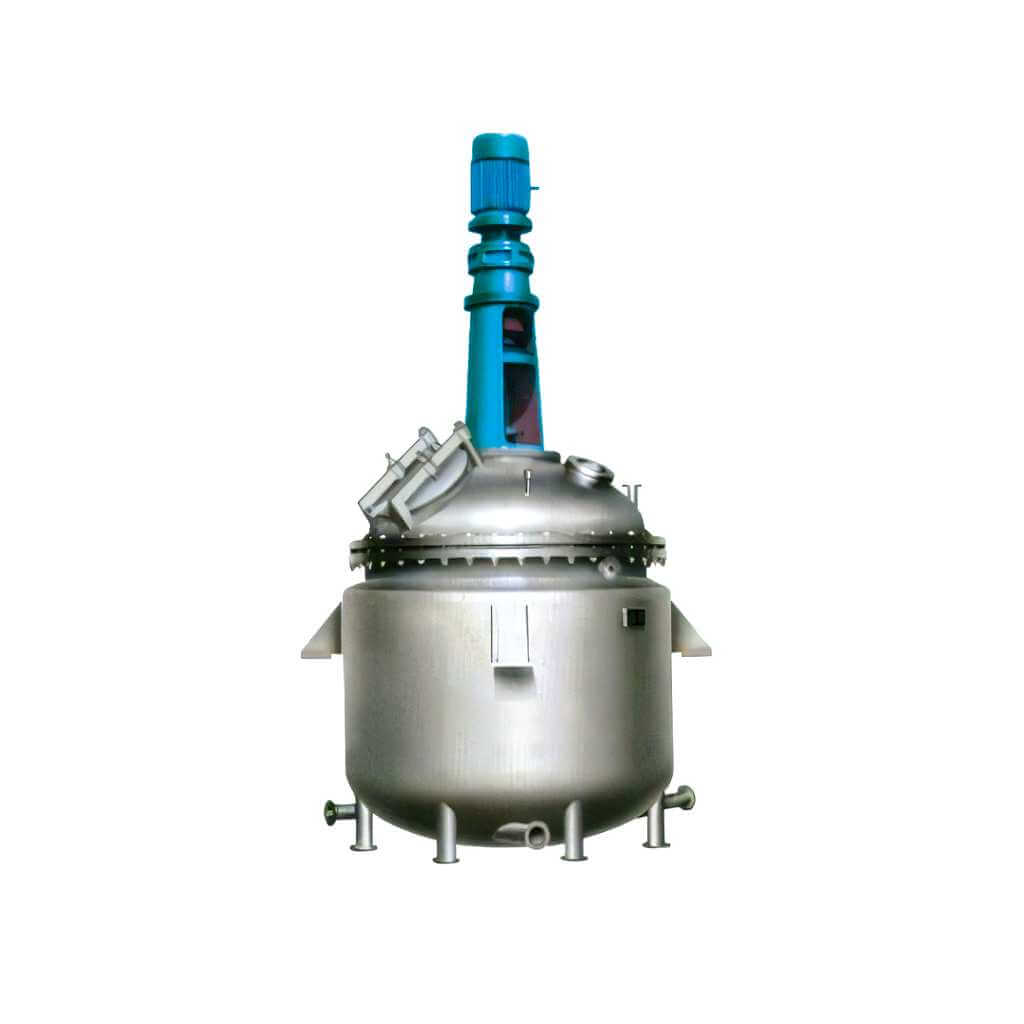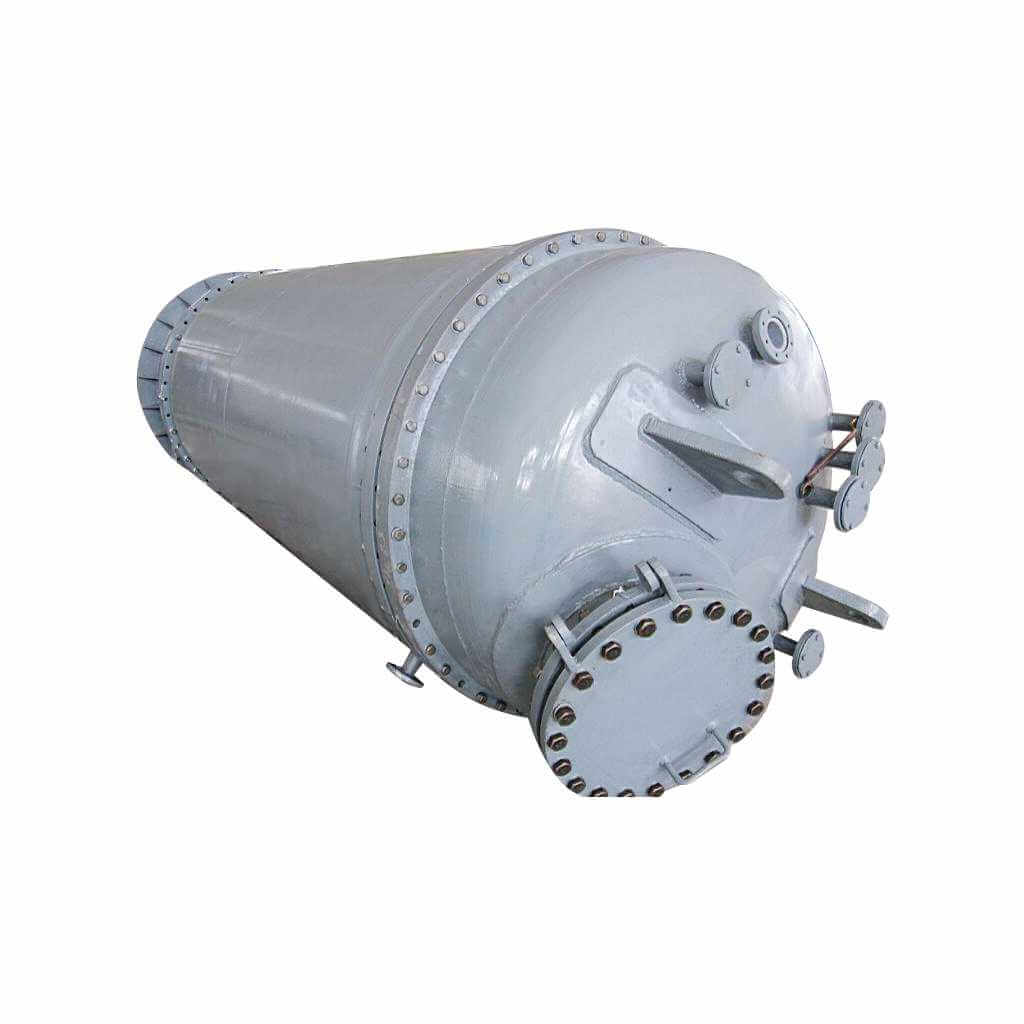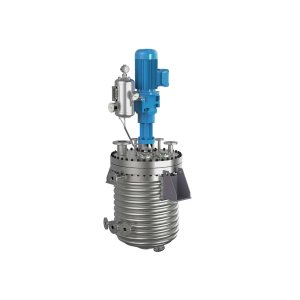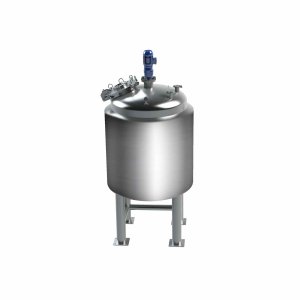The rotating mechanism of the anchor blade jacketed reactor can use a cycloidal pinwheel reducer, stepless reducer, variable frequency speed adjustment, etc., which can meet the special reaction requirements of various materials. The sealing device can adopt sealing structures such as mechanical seals and packing seals. Heating and cooling can use jackets, half pipes, coils, Miller plates, and other structures. Heating methods include steam, electric heating, thermal oil, etc., which meet the needs of different working environments such as acid resistance, high-temperature resistance, wear resistance, and corrosion resistance. The anchor blade jacketed reactor can be designed and manufactured according to the user’s process requirements.
Installation and commissioning of anchor blade jacketed reactor
1. The anchor blade jacketed reactor should be installed on a solid, flat workbench. The degree of the workbench is determined according to its purpose. A certain amount of space must be left around the equipment and workbench to facilitate installation and subsequent maintenance;
2. When installing the anchor blade jacketed reactor, the transmission shaft is required to be vertical to the ground, and the non-vertical inclination should not be greater than 1/1000 of the total length of the equipment;
3. The spare parts and safety valves of the anchor blade jacketed reactor connected to each process must be equipped according to the requirements of the anchor blade jacketed reactor;
4. After the anchor blade jacketed reactor is installed, the firmness and reliability of the connecting parts and transmission parts should be checked. All connecting pipes, nozzles, seals, and the entire machine should be tested for air tightness to ensure there are no bubbles, bubbling, dripping, or leaking;
5. Before starting the anchor blade jacketed reactor, mechanical oil should be injected into the reducer, and the motor shield, turn the fan blades by hand, and check whether there is any jamming and whether the stirring blades scrape the wall. After cleaning the dirt inside the kettle, you can turn it on. After the empty car runs for 30 minutes without major continuous noise or vibration, it can be officially put into production.



-19-300x300.jpg)


